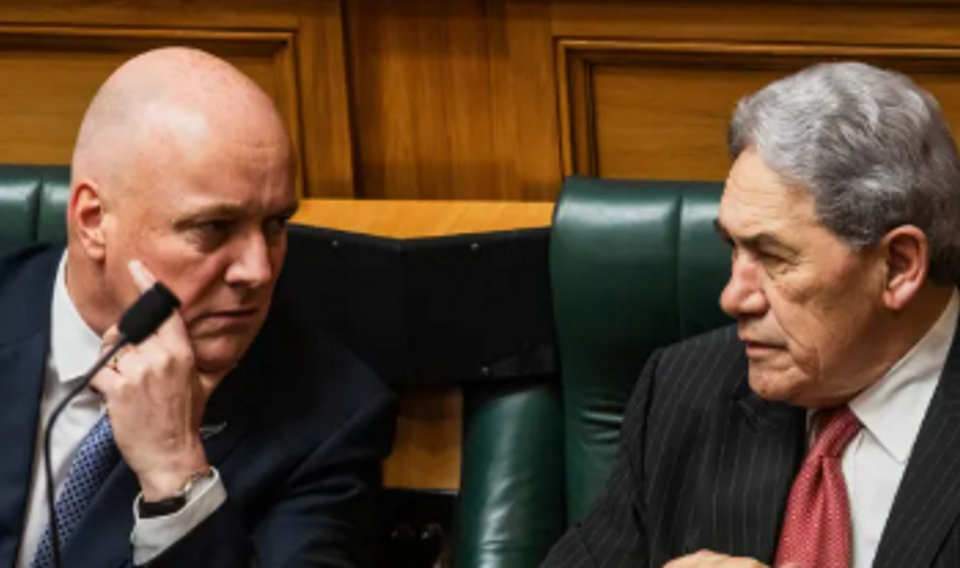
The date for the 2026 general election has not even been set, but the campaign is already well and truly under way.
Labour has unveiled two major policies in the past month and National - which has had billboards trumpeting its achievements up around Dunedin for some weeks now - countered on Sunday with new superannuation policy.
Each party is also going through the candidate selection process now and a few noteworthy announcements have already been made.
Then, of course, there has been the inevitable jockeying for position by New Zealand First leader Winston Peters, who declared last week that his party would repeal the Regulatory Standards Act - longstanding policy of coalition partner Act New Zealand - that it had just voted for.

The declaration was widely interpreted as a signal to Labour that NZ First was open for offers, but given Mr Peters has repeatedly and emphatically ruled out working with current Labour leader Chris Hipkins, it could just as easily be a signal to National of what it will need to accommodate if it is willing to work with the party in any possible future governing arrangement.
National’s Sunday superannuation policy was carefully nuanced, with both its own voters and NZ First in mind.
It has been long-standing National policy to increase the eligibility age for superannuation - anathema to Mr Peters and his party, who want it to remain at 65.
Mr Luxon’s speech was judicious: he said the age of superannuation would eventually increase and added that that was National’s historic default position - but he did not make a dogmatic demand that it had to be increased immediately.
And while he did not go as far as Mr Peters and his caucus would like - at the NZ First party annual conference Mr Peters emphasised that making KiwiSaver compulsory remained party policy - Mr Luxon did propose increased minimum contribution rates for both employees and employers, mirroring the coalition partner’s priority of increasing retirement savings.
The default KiwiSaver contribution rate is already poised to increase to 4% apiece from employers and employees in 2028, reform introduced in this year’s Budget.
Mr Luxon has proposed that the rate would, gradually, increase still further - at 0.5% increments to reach 6% apiece by 2032.
That would draw New Zealand level with Australia’s current superannuation rate, a minimum 12% of ordinary time earnings, paid by the employer at least four times a year.
Whether dressed as an employee or employer contribution, superannuation contributions are effectively part of worker’s pay.
Assuming wages do not stay static or decrease, any increase in super contributions will be a cost on businesses; their lobby groups, predictably and with some justification, called for a commensurate reduction in business taxation rates.
Cutting corporate tax rates is music to Act’s ears and it is not something Mr Peters would necessarily be averse to: NZ First policy going into the 2023 election was for New Zealand to explore reducing tax rates for small and medium enterprises.
For all the talk of a combustible coalition, the parties’ policies in this - and in many other areas, such as regional development, law and order and agriculture to name a few - are not so far apart that it not inconceivable that the current coalition could not only survive until the next election, but could be reconstituted should that be the cards the voters deal the party leaders.
Sabres, naturally, have to be rattled when one is trying to rally voters to a political party. But it is far too early in the electoral cycle to read too much into the usual bluff and bluster from all parties at this stage of the process.
Mr Luxon’s wider point is one that all parties will have to grapple with in the 2026 campaign, and beyond. New Zealanders, generally, have not saved enough for the comfortable retirement that they want and deserve, and sheer demographics suggest that there will not be a high enough tax take for the public purse to make up the shortfall.
Sensible policy in this area is a must and while National’s approach is careful - arguably too much so - it is at least addressing the question and sets a benchmark for others to match or better.












